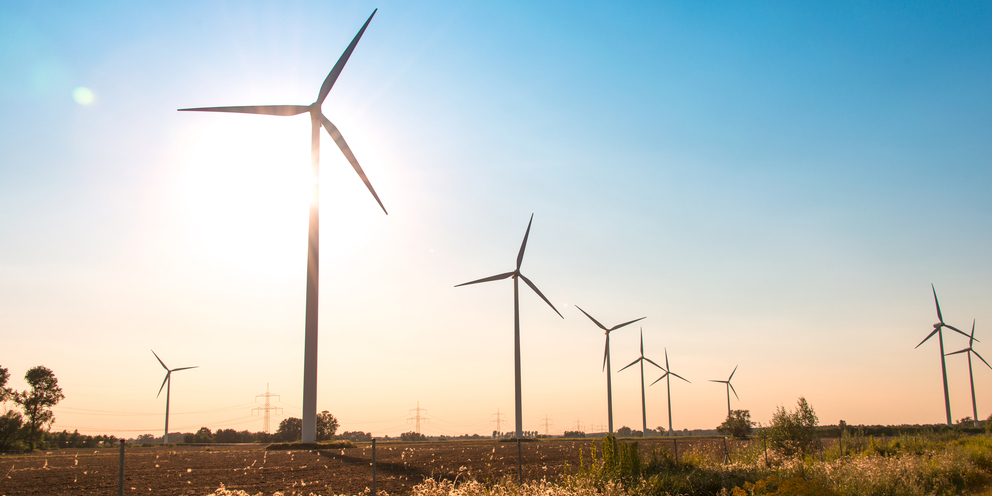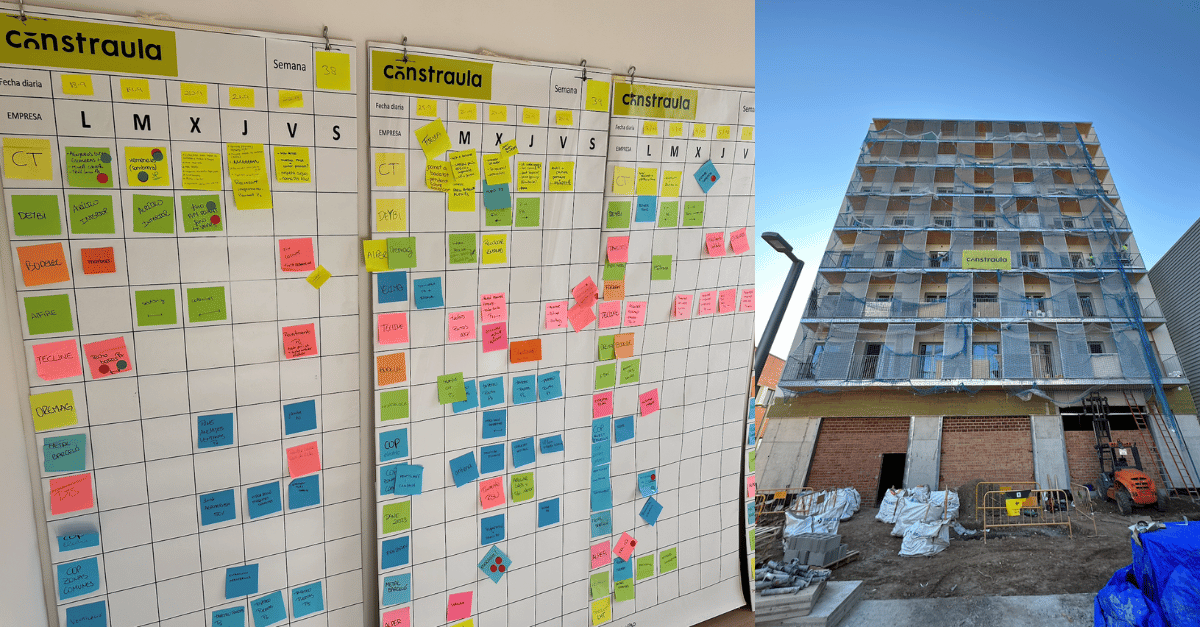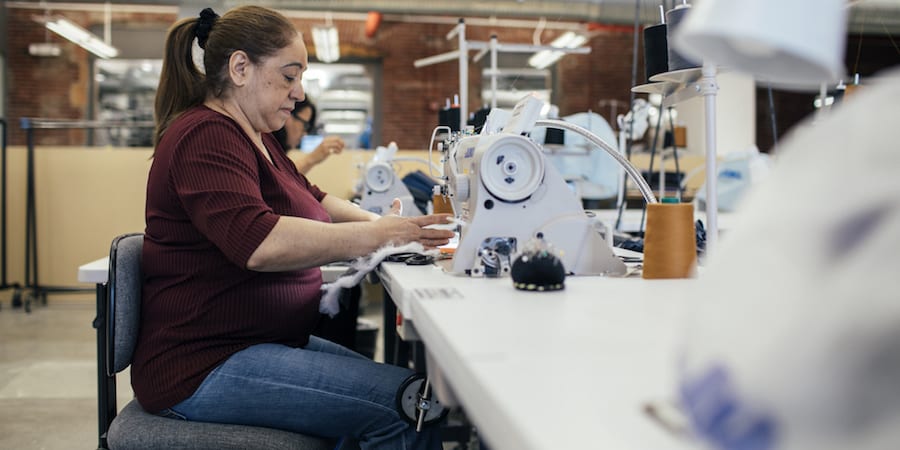
Lean thinking, green thinking
FEATURE – When it comes to the fight against climate change, we can’t expect to achieve much until we fundamentally challenge the way we think about resource consumption. Lean is our tool to do that.
Words: Michael Ballé
Isao Yoshino, of Learning to Lead, Leading to Learn fame, once told us: “There is no secret to Toyota – we are just serious, that is all.” With all the noise about the environment, it’s hard to think this important topic through and make up your mind. Let’s try to think seriously.
First, let’s face it, we live in times of thorough paradox. On the one hand, to save the planet, we’re supposed to consider de-growth, lower overall consumption and stop pulling so hard on natural resources, and cut down on the greenhouse emissions we produce in the process. On the other hand, you can’t step outside without being invited to consume, consume, and then consume some more. We still measure national economic strength in GDP growth and firms’ success in terms of growth and profitability.
So… how can this work?
Rather than start with the extraction and production part of the process – where we agree the waste is gigantic – let’s pull our way through by thinking of the customer end. I was perfectly happy with my Internet router until my provider harassed me (with endless phone calls) to upgrade – only to have the expected installation problems. Now the router does give me e-mail, where I receive endless supersaver offers to buy or do stuff, I wouldn’t consider in a million years. If I go for a walk, every shop window has a “sale” sign on it. Now, our brains are wired to spot a “good deal” and jump on it. As researchers on influence have shown, humans have no defense against “new” or “cheap” other than steely self-control.
But why are there so many things on sale or offered at discounted prices? Surely, they are not designed to be? Are margins really calculated so that everything can be offered half-price? It doesn’t seem likely, unless you’ve got inventory to unload. Once the goods are there, you’ve got to flog them, even if it means losing money per item. Old inventory simply has got to go until it becomes worthless – the real price of any item comes down every day it remains unsold. There is a clear loss function.
But why do stores have so much inventory to unload? Because the warehouse has received an enormous batch of cargo – that was decided months and months ago, well before anyone knew what real demand would be like. Why the overproduction? Well, because actual production probably happens several boat and train rides away and shipping the goods takes weeks in the best of cases, so this needs to be planned. In any case, manufacturers give a price discount for volume in order to keep their machines running.
Why, then, when you visit plants, are machines so poorly utilized? This gets a bit nerdy, so follow my reasoning here. With large batches, there is only so much production you can schedule in a day:

If the batch building time is large, you can only fit one in a day, and lose the rest of the time. If the batch building time is larger than the day, than you need over ¡time or consume some of tomorrow. However you look at it, large batches just don’t fit. But if you reduce your batches by half and produce in sequence, you can now better utilize your machines on more available time.

This is not perfect: you will still have some lost production time and inventory, but of course you can reduce batches again and schedule higher-demand products more often, and so on, until you get closer and closer to one piece flow.
The closer your batch size gets to replenishing real demand in “sell one, make one” just-in-time style, the better you will utilize your available time and the less inventory you will then end up having to flog at a discount. There’s another way in which this dynamic will impact you: you will stop distorting demand by conning customers into buying items they don’t need simply because they’re so CHEAP! As the song goes, “As he died to make men holy, let us die to make things cheap.”
Furthermore, the argument to make things far away and extend supply chains across the world is that you get a better price per kilo – the bigger the batch, the lower the price. As we know from Seeing the Whole, demand variation (also called the Forrester effect, small variations in end customer demand are amplified through the supply chain) gets worse at every step in a supply chain – and quality degrades. Basically, the longer the supply chain, the larger the batches and the more numerous the quality and delivery fails. It’s just nuts.
Certainly, accountants will make you believe this all makes sense because they take it for granted that change-over costs and poor utilization are fixed – they’ve never heard of kaizen or SMED – but their assumptions are simply false. The accounting logic is:
- Find the cheapest largest batch supplier.
- Negotiate volume price rebates.
- Overproduce following the demand on the ERP.
- Offer discounts to customers to unload the inventory.
Now this logic is simply full of holes, of unsound assumptions:
1. Find the cheapest largest batch supplier.
- This means always moving production to the “lowest cost” country, which has huge transfer costs.
2. Negotiate volume price rebates.
- Price rebates offset by non-quality and non-delivery under-utilization costs.
3. Overproduce following the demand on the ERP.
- Demand that is flawed because no one has a crystal ball to anticipate demand so far in advance and because of the lags in information flow skewer any prediction.
4. Offer discounts to customers to unload the inventory.
- Push on customer things they don’t really need, at discounted margin, rather than let them make real choices on real prices and make an honest profit.
Overconsumption at the customer end is in fact driven by an addiction to massification on the supply side. We simply don’t need to live like this. By leaning out supply chains, we can reduce both overconsumption and its environmental impact, while maintaining our lifestyles by using the same products and services as we need them (we’d probably be better off without so many messages fighting for our attention and telling us to buy more now because it’s cheap, anyway). Sticking closer to customer demand would also drive more meaningful innovation because we could see more quickly what sells and what doesn’t and propose new offers (products/services) accordingly.
Buying something you don’t need, not using an object longer, not maintaining or refurbishing what you have and poorly utilizing capital… these are the real culprits. An idle machine still sits in a heated, lighted hall.
Politicians try to influence our choices by forcing us to buy “greener” products – such as the reckless drive towards full electric cars even though no one is quite sure what their CO2 impact really is. At the same time, mass marketers continue to bombard us with “buy” messages for stuff we don’t immediately need – doing their best to make it hard for us to resist our instinct to go out into the savannah (ie the high street) and not come back empty handed. The root cause for all of this, however, is the producer’s poor understanding of their supply chains and the delegation of it all to machines, ERPs, and accountants.
Clearly, fighting climate change, consumption and emission can’t be reduced to… SMED. Yet, we need to understand the logic that runs the entire system on systematic overproduction. It’s not even that deliberate, not a question of “why” but of being driven by the “how” - the how of how we do things, not the intelligence of studying waste and its causes. Rather than choose to apply human intelligence and frugality to their production patterns, most large companies have chosen to automate the absurd thinking of forecast-and-stock rather than sell one-make one. I have highlighted here one mechanism, but there are many other form of mura (variation) leading to muri (overburden) and so muda (waste) which, collectively, have a significant impact on our outcomes.
As Yoshino-san tells us: let’s be serious. Lean Thinking is green thinking. By seeing the whole value stream and looking at its massive wastes caused by obvious misconceptions, we can also see how flawed the logic is around resource consumption and emissions. I doubt we’ll be able to change collective behavioral patterns without first changing the thinking and the incentives that drive them. The colibri strategy of one day-one action sounds appealing simply because we don’t know how or where else to act… except, we do! Look for waste, solve problems. Be serious about green.

Read more


INTERVIEW – This cardiac laboratory in Singapore was targeting one improvement and ended up with something different, but equally impactful for its patient flow.


CASE STUDY – How does a small food shop in Sichuan turn into a $30 billion chain with around 900 restaurants in several countries? By always going the extra mile for customers!


FEATURE – No healthcare transformation can succeed without a system-wide approach to change. In this article, Dr. John Toussaint, offers his take on the issue, providing a guide for healthcare executives.


FEATURE – As lean thinkers, our focus is on problem-solving. The author explains why effectively solving problems depends on our ability to make the right decisions and suggests the lean community plays closer attention to this.
Read more



FEATURE – Not many people know that digital technology and the IT industry are rife with environmental waste. Discovering it and eliminating early can have beneficial effects on both the business world and the planet.


FEATURE – The planet is warming at an unsustainable rate, pollution is increasing, wildlife populations and arable land areas have plummeted, and our oceans are filling with plastic. Can Lean Thinking help?


CASE STUDY – Thanks to Lean Thinking, this Spanish construction company was able to deliver a challenging project in one year, well ahead of schedule. Here’s how they did it.


FEATURE – Designing beautiful work helps design beautiful clothes. Here’s the story of how women’s clothing brand Eileen Fisher found in lean a way to support its environmental sustainability strategy.

